Americans have grown accustomed to bad news about student performance in math and science. On a 2009 study administered by the Organization for Economic Co-operation and Development, 15-year-olds in the U.S. placed 23rd in science and 31st in math out of 65 countries. On last year's Nation's Report Card assessments, only one third of eighth graders qualified as proficient in math or science. Those general statistics tell only a piece of the story, however. There are pockets of excellence across the U.S. where student achievement is world-beating. Massachusetts eighth graders outscored their peers from every global region included, except Singapore and Taiwan, on an international science assessment in 2007. Eighth graders from Minnesota, the only other U.S. state tested, did almost as well.
Story continues below.GALLERY: WORST STATES FOR SCIENCE EDUCATION
What do Massachusetts and Minnesota have in common? They each have science standards that set a high bar for what students are expected to learn at each grade level. Such standards form the scaffolding on which educators write curricula and teachers plan lessons, and many experts believe them to be closely linked with student achievement.
Unfortunately, the quality of most state science standards is “mediocre to awful,” in the words of one recent report from the Thomas B. Fordham Institute, an education think tank in Washington, D.C. Several states present evolution as unsettled science—“according to many scientists, biological evolution occurs through natural selection,” say New York State's standards. Wishy-washiness is also creeping into the way schools teach climate change, as some parents pressure teachers to “balance” the conclusions of the majority of scientists against the claims of a tiny but vocal clan of skeptics. We can't have a scientifically literate populace if schools are going to tap-dance around such fundamentals.
Now a group of 26 states has collaborated with several organizations on ambitious new standards, known as the Next Generation Science Standards, that all 50 states, plus the District of Columbia, will be able to adopt starting early next year. The first draft, released in May, explicitly included evolution and climate change. A second draft will be available for comment this fall.
The standards are based on recommendations from the National Research Council and were funded in part by the Carnegie Corporation of New York. In addition to tackling shortcomings such as those mentioned above, they put new emphasis on engineering, which is crucial to our country's economic competitiveness, and stress the process of science as much as the content.
Any system of education standards has potential downsides. Mandate too much, and kids will grow bored or overwhelmed and teachers will lose autonomy. But these new standards have already won over important potential critics. Carolyn Wallace, a science education researcher at Indiana State University and a former high school science teacher who believes many standards systems are too “authoritarian,” says the Next Generation standards leave room for teachers to be more creative in how they present material to kids. She does worry that the standards impose more than can reasonably be taught in one school year. Hers is a serious concern that the standards developers should address.
There is little doubt that these standards will require more classroom time to be devoted to science—and that is good. Harold Pratt, a former president of the National Science Teachers Association, says that in elementary school, science has often been squeezed out entirely by the reading and math requirements of the No Child Left Behind law. Many states currently require only two years of science, and California governor Jerry Brown recently proposed cutting that to just one. Accommodating the Next Generation standards would probably require three.
Although these science standards are too new for politicians to have weighed in on them, the general movement toward common standards has bipartisan support. In a contentious election year, the idea that our kids deserve a world-class science education should be one issue we can all agree on.
